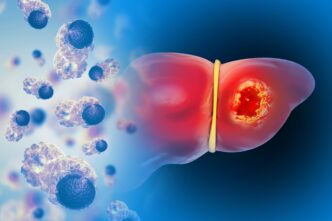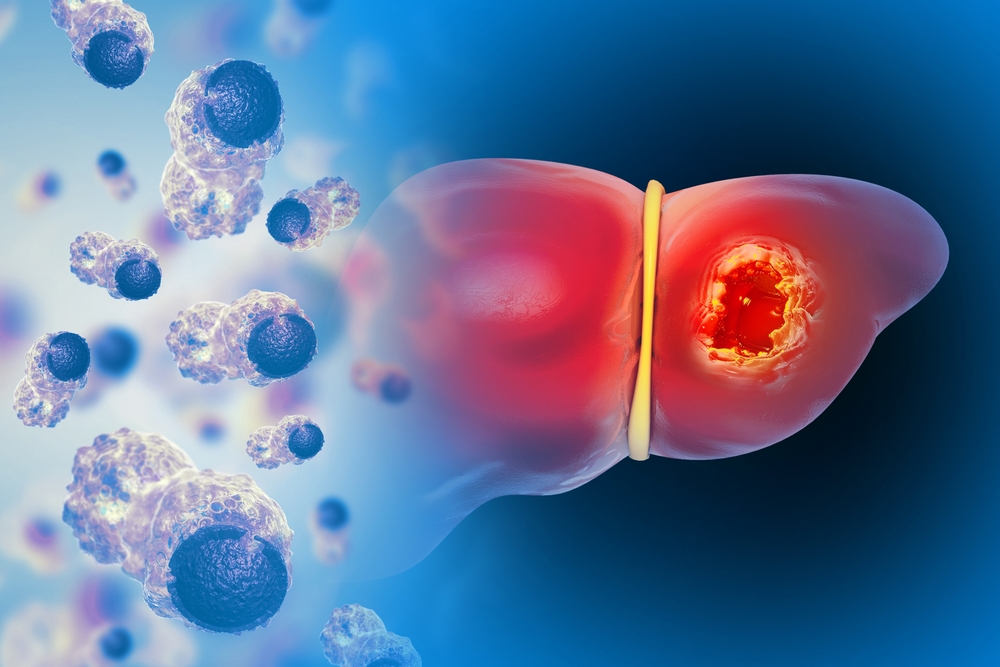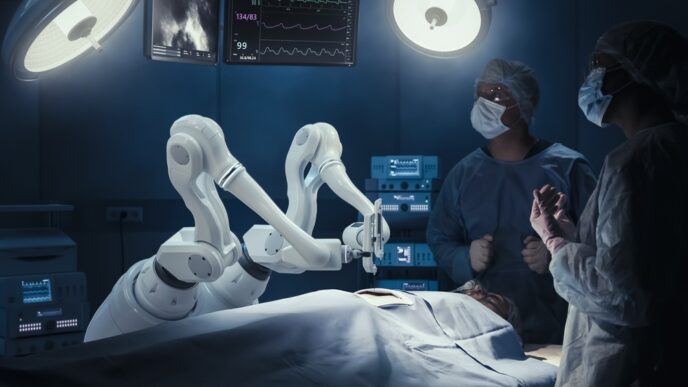Liver cancer no longer means a grim prognosis. Thanks to new medical breakthroughs, even patients with complex or advanced cases now have real hope. From high-tech ablation to life-saving transplants, here is how modern medicine is changing the game and saving lives.
WORDS LIM TECK CHOON
 FEATURED EXPERT FEATURED EXPERTDR JOHANN FAIZAL KHAN Consultant General, Hepatobiliary, Pancreatic, and Liver Surgeon Sunway Medical Centre Velocity |
Liver cancer used to be a diagnosis with limited options and even fewer chances.
Today, things are changing.
With advances in surgical techniques and precision technology, doctors can now treat tumours that were once considered inoperable, all while helping patients recover faster and live longer.
LESS CUTTING AND MORE HEALING
Dr Johann Faizal Khan shares that minimally invasive options such as ablation therapies are reshaping how surgeons approach liver cancer.
- These techniques do not require large incisions.
- Instead, they use targeted energy such as heat, cold, or electrical pulses to destroy cancer cells from within.
One standout method is NanoKnife surgery.
- It uses precisely timed electrical pulses to poke microscopic holes in cancer cells, causing them to break down.
- Healthy tissue is left untouched, making this an ideal choice for tumours located near critical structures or for patients with already weakened liver function.
NanoKnife and other ablation tools also serve other purposes such as:
- Bridging treatments to keep the cancer at bay while patients await liver transplants
- Treatment for cases of recurrence, when repeat surgery may carry too much risk to healthy liver tissue.
HOWEVER, SOMETIMES OPEN SURGERY REMAIN THE BEST OPTION
According to Dr Johann, larger or complex tumours may still require traditional surgery.
- In such cases, surgeons may perform a partial hepatectomy, removing the section of the liver affected by cancer. The remaining liver can regenerate over time, assuming the patient has sufficient healthy tissue left.
- For more serious damage, a liver transplant may be the only viable option.
THESE PROCEDURES COMPLEMENT ONE ANOTHER
These approaches are not mutually exclusive. In fact, Dr Johann points out that they complement one another.
“Neither is considered better than the other. They each play a role and work together to achieve the best outcome for patients,” he says.
The right treatment depends on many factors, including tumour size, location, and the patient’s overall liver health.
AFTER UNDERGOING LIVER CANCER TREATMENT
Treatment is only half the story.
Patients with chronic hepatitis, liver scarring (fibrosis), or cirrhosis will need lifelong surveillance to detect any return of the cancer early.
Dr Johann also reveals that lifestyle changes play a major role in recovery.
- Patients are advised to adopt balanced diets, avoid alcohol, smoking, and unregulated traditional medicine.
- These habits support liver function and reduce the chance of recurrence.
| This article is part of our series on liver health. |













